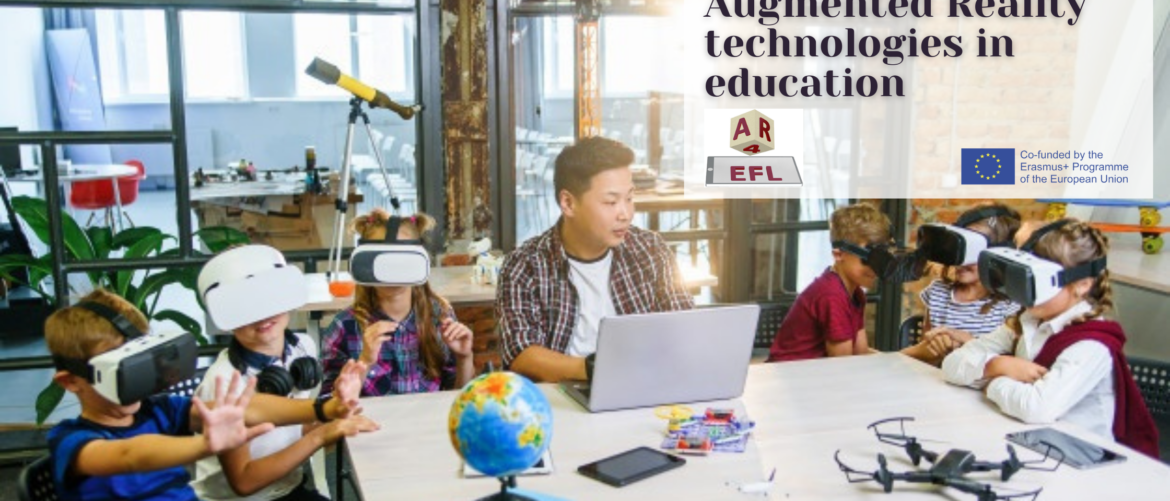Defining Augmented Reality
Firstly, to understand the potential impact of Augmented Reality (AR) within education, it is important to distinguish what is meant by AR. Augmented Reality is an enhanced version of the real physical world that is achieved through the use of digital visual elements, sound, or other sensory stimuli delivered via technology. One of the primary goals for AR is to highlight specific features of the physical world, increase understanding of those features and derive smart and accessible insight that can be applied to real-world applications. Therefore, exemplifying the transferrable benefits of Augmented Reality implementation within education, providing learners with the opportunity to learn from virtual and illustrative methods. Which provide an additional teaching resource to improve recall of knowledge amongst learners.
Augmented Reality in Education
Through the deployment of AR in classroom education, teaching can be increasingly interactive, with the aim of boosting attentiveness among learners. Achieved through the use of virtual examples of concepts and gamification of teaching resources, to provide textbook material support. The theory behind Augmented Reality within education is that it will prove effective in helping learners to recall and memorise knowledge areas by exposing learners to multiple stimuli and physical as well virtual touchpoints to diversify teaching methods and deliver immersive practical learning, with the aim of improving engagement and attentiveness of learners compared to traditional methods.
AR Related Education Statistics
- According to statistics[1], about 80% percent of students are more likely to attend an AR-based class.
- 70% of these students claimed that AR has improved their learning experiences and escalated their pace of getting as a grasp on the subject.
- 54% of teachers want an increased presence of augmented reality solutions in the class room[2]
Benefits of AR within Education
AR facilitates a swift and effective learning system that enables students to gain knowledge through rich visuals and immersion into the subject matter, helping to students to comprehend and simplify concepts.
AR provides easy access to learning materials anytime, with Augmented Reality having the potential to replace textbooks, and instead provide mobile learning that is always accessible, can be updated and will be cost effective for the individual.
Learners will benefit from increased engagement and heightened interest in the subject matter through the use of AR. Learning can be made more interesting, fun and collaborative, which may lead to learners having an overall more positive attitude towards education.
As AR content is digital, it can be easily shared and improve collaboration among learners. A collaborative learning environment provides learners with increased motivation to engage in education with increased motivation to learn because they are actively engaged in the educational content creation process.
The learning process will be benefited from sensory development, with AR technology helping teachers to create multisensory lesson plan experiences. Learners can benefit from immersive virtual content that incorporates an experiential learning style in which students carry out physical activities instead of watching a demonstration.
Within the AR4EFL project we are aiming to create a realistic learning environment for learners of a second language as a means to motivate them to learn. We also seek to design, test and publish an innovative educational package based on AR technology for primary school teachers that will guide and support their English (or any other) as second language teaching. As well as providing quality training to primary school teachers on how to utilise the innovative educational package in in traditional or virtual/online classroom.
Follow us on Facebook
[1] https://www.hindawi.com/journals/ahci/2019/7208494/
[2] https://www.xrtoday.com/mixed-reality/teachers-parents-to-back-immersive-education-stats-shows/

